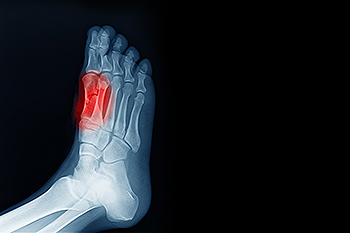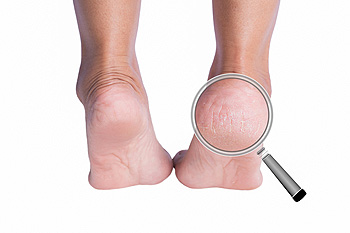
Tendonitis is common among people who incur an Achilles tendon injury. Heel and calf pain often accompany this ailment, and it can be uncomfortable. The Achilles tendon connects the calf muscle to the heel and may become torn from an injury. These can include overuse injuries from running on hard surfaces or increasing speed and distance too quickly while running. People who have arthritis may be prone to Achilles tendonitis, and it can affect older and middle-aged patients more than younger adults. Common symptoms are immediate heel pain and difficulty pointing and flexing the foot. Additionally, the area may be warm and tender to the touch. A proper diagnosis is needed to rule out the possibility of a fracture. If you have endured an Achilles tendon injury, it is suggested that a podiatrist be consulted who can effectively help you manage this condition.
Achilles tendon injuries need immediate attention to avoid future complications. If you have any concerns, contact one of our podiatrists of InStride Family Foot Care. Our doctors can provide the care you need to keep you pain-free and on your feet.
What Is the Achilles Tendon?
The Achilles tendon is a tendon that connects the lower leg muscles and calf to the heel of the foot. It is the strongest tendon in the human body and is essential for making movement possible. Because this tendon is such an integral part of the body, any injuries to it can create immense difficulties and should immediately be presented to a doctor.
What Are the Symptoms of an Achilles Tendon Injury?
There are various types of injuries that can affect the Achilles tendon. The two most common injuries are Achilles tendinitis and ruptures of the tendon.
Achilles Tendinitis Symptoms
- Inflammation
- Dull to severe pain
- Increased blood flow to the tendon
- Thickening of the tendon
Rupture Symptoms
- Extreme pain and swelling in the foot
- Total immobility
Treatment and Prevention
Achilles tendon injuries are diagnosed by a thorough physical evaluation, which can include an MRI. Treatment involves rest, physical therapy, and in some cases, surgery. However, various preventative measures can be taken to avoid these injuries, such as:
- Thorough stretching of the tendon before and after exercise
- Strengthening exercises like calf raises, squats, leg curls, leg extensions, leg raises, lunges, and leg presses
If you have any questions please feel free to contact our offices located in Concord, Charlotte, and Salisbury, NC . We offer the newest diagnostic tools and technology to treat your foot and ankle needs.









